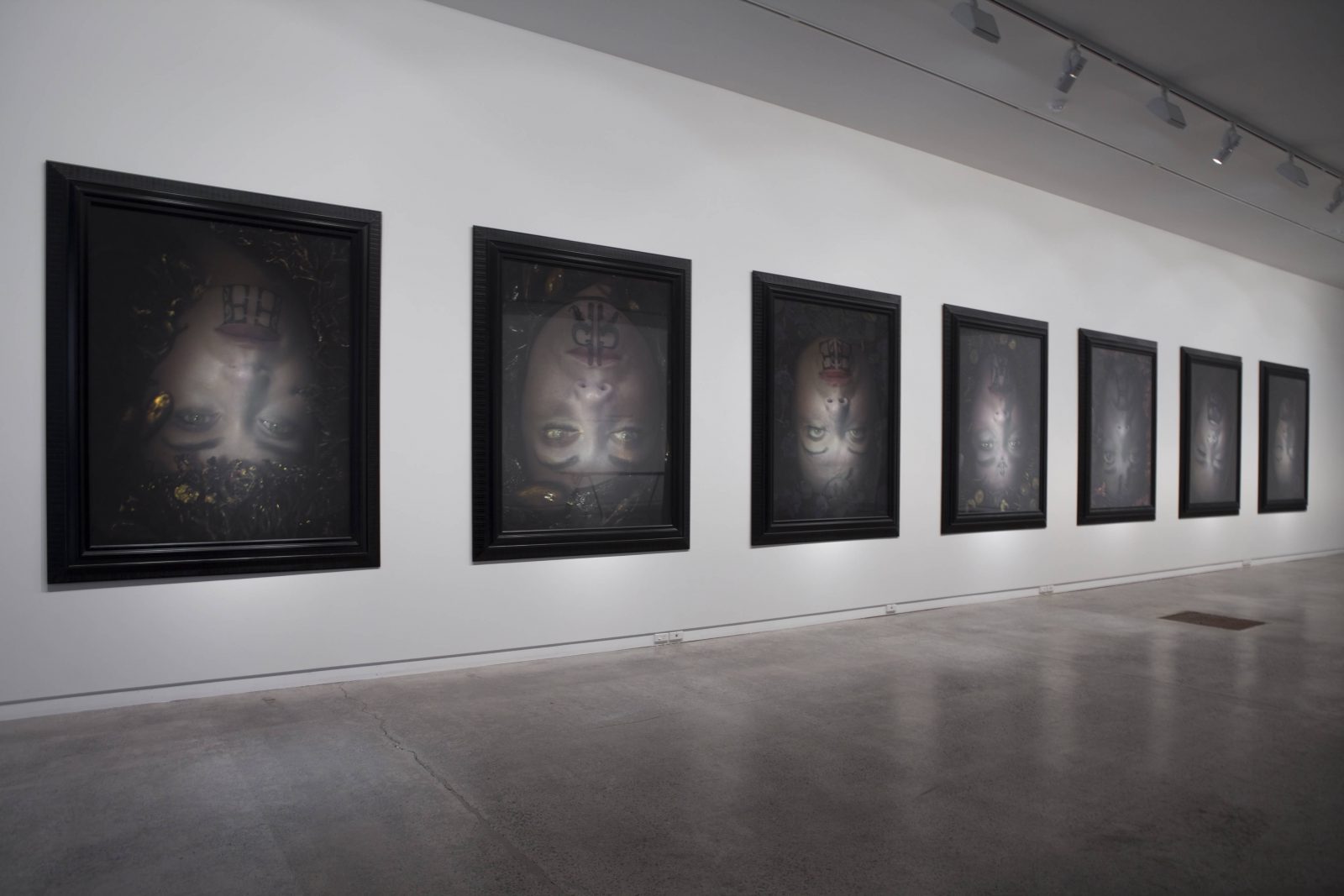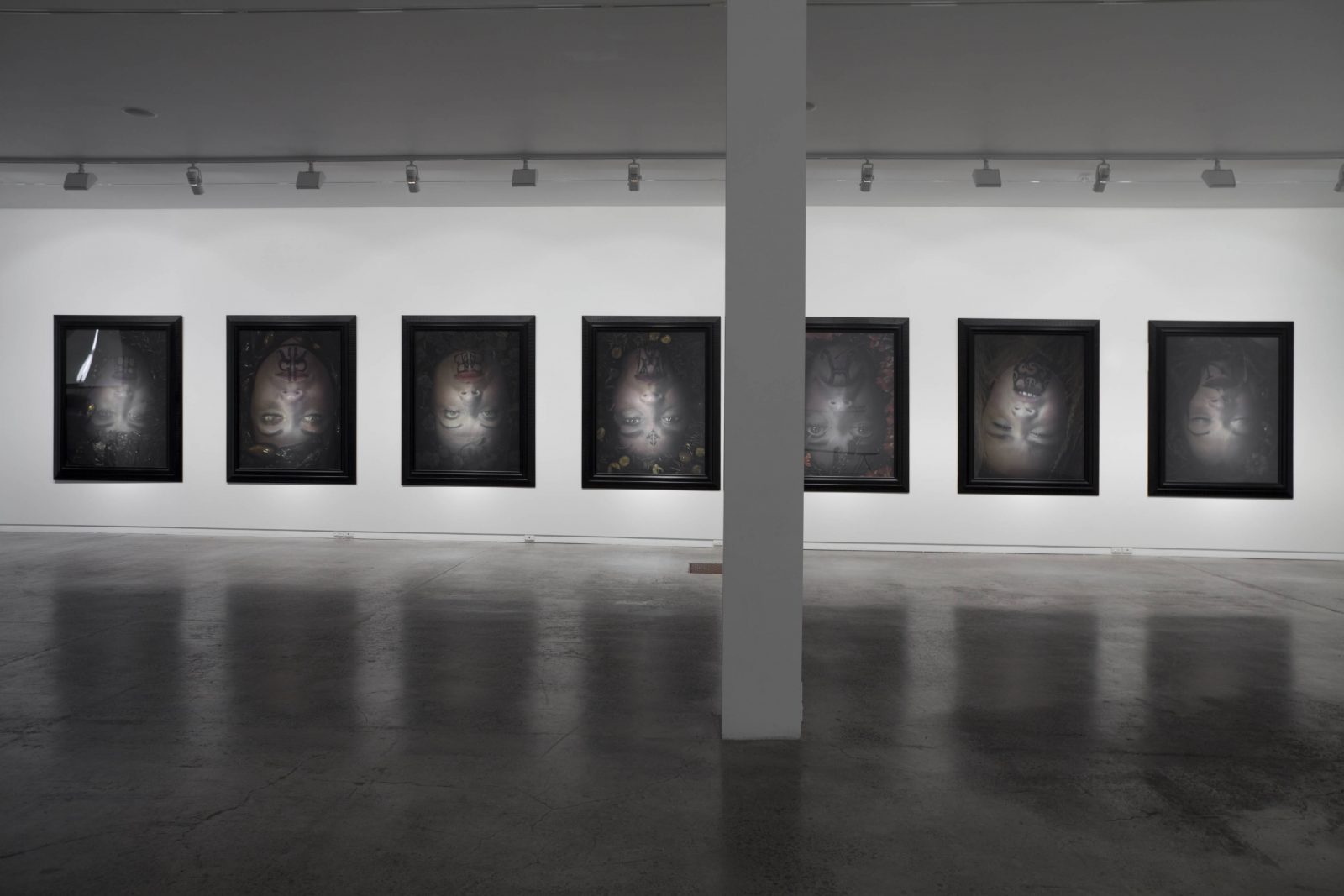Fiona Pardington
EREWHON: Left for Dead in The Field of Dreams
21 September - 20 October 2012
Fiona Pardington’s success at the17th Biennale of Sydney with her exhibition Ahua, a remarkable investigation into the complex history of nineteenth century life casts, led to a further selection by curator David Elliot for the First International Biennale of Contemporary Art in Ukraine. Entitled The Best of Times, The Worst of Times, Rebirth and Apocalypse in Contemporary Artthe Biennale ran from May through July 2012. Pardington had the distinction of being the only New Zealand artist exhibiting and was shown alongside international artists such as Jake and Dinos Chapman, Louise Bourgeois, Ai WeiWei, Paul McCarthy, and Richard Deacon.
For the Biennale Exhibition, now at Two Rooms, the artist returned to photographic portraiture to create a new body of work entitled EREWHON: Left for Dead in The Field of Dreams (2012). The installation is comprised of seven portraits of Maori and mixed-race women from Ngai Tahu (the main southern tribe in New Zealand), making facial expressions used in traditional Maori ceremony and adorned in potent mythological symbols. The work is a powerful invocation to the female ancestors.
“The woman have individual Moko Kauae, a form of traditional female tattooing that is a symbol of cultural prestige and power. Some portraits of the wahine/woman are making the facial expression poteteor the closing of the eyes. This is often followed by pukana, their eyes glaring, open wide showing the whites, with a frightening, tightly held mouth that is drawn down at the corners. Portraits expressing pukana and potete are accompanied by others holding an outward gaze, and a reflexive downward gaze. The pukana is traditionally implemented to emphasize particular words in waiata/dance or haka/ceremonial dance. The pukana in this case serves to symbolically underline the words and frame the presence of these oracular goddess-women. Seaweed from the South Island, Te Wai Pounamu, surround each wahine, representing the God of the Sea known as Tangaroa. Seaweed can also be read as an earthly metaphor for Aka, or the spiritual, silver cords that link each person to their higher spiritual body or being. Their faces appear upside-down to suggest that they are being born into the world, not standing on the ground.”
Fiona Pardington

